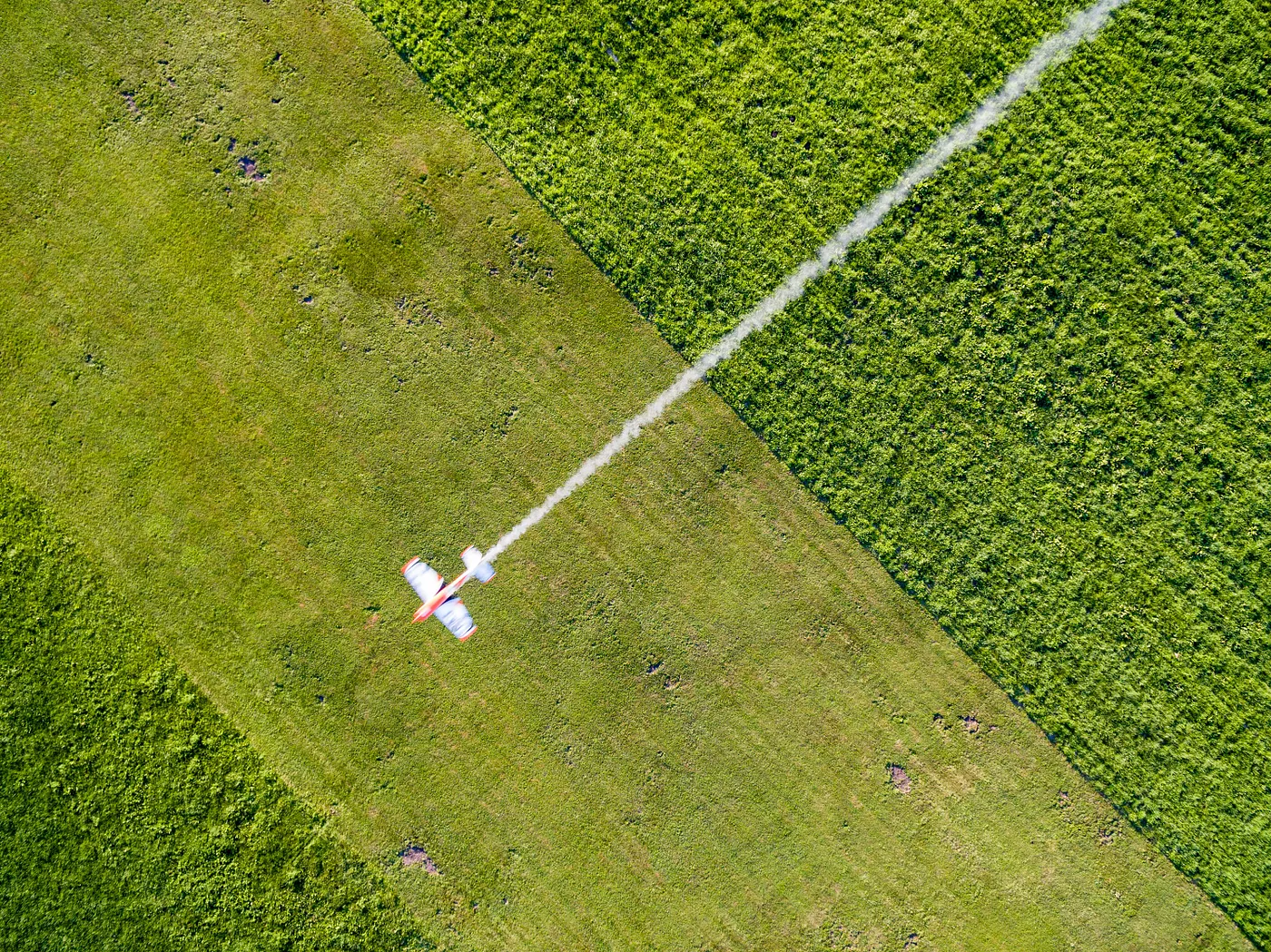We explain the method we used to identify CORSIA-eligible projects around the world, based on the criteria of the pilot phase 2021–2023, last updated in November 2021.

Our previous blog on CORSIA introduced the incorporation of CORSIA eligibility in our Premium Dashboard. This blog will dive deeper into the steps we took in order to achieve the CORSIA eligible projects list found on the AlliedOffsets Premium Dashboard.
Having a list of CORSIA eligible projects is extremely helpful, not just for those in the airline industry, but also for government organizations, companies wishing to offset business travel, project developers wishing to qualify for CORSIA, and others. AlliedOffset’s Premium Plus Dashboard has the data necessary to find eligible projects.
We created this list by developing a method of filtering projects to suit every clause within the CORSIA criteria.
In the current phase, CORSIA only accepts units from eight registries: ACR, ART, CCER, CDM, CAR, GCC, GSR, and VCS. Approved eligible emissions reductions must have been issued to activities that started their first crediting period from 1st of January 2016 through to the 31st of December of either 2020 or 2022, depending on the registry. This means our first steps were to extract all project data on those eight registries then filter them by first crediting date accordingly, providing us with a base data set. Where registries don’t report crediting periods, we used first vintage date as a proxy.
Next, we filtered the base data according to the following project characteristics: country, methodology, sector, annual emissions reductions, verification and validation status, and reported sustainable development contributions.
In this phase, we divided the base set into their respective registries then carried out the individual registry audits by excluding:
- ACR: All California based projects; ERTs issued to activities developed in REDD+ countries and utilize methodologies in the programme’s sectoral scope 3, but only if they are estimated to generate greater than 7,000 offsets annually.
- ART: No exclusions.
- CCERs: Projects with methodologies in forestry, agriculture, carbon capture, and management of fluorinated gasses, fertilizer applications, N2O, HFC, SF6, and HCF22.
- CDM: Forestry sector.
- CAR: All California based projects; projects without reported sustainable development contributions or co-benefits; forestry sector; CRTs issued to activities developed in REDD+ countries and utilize methodologies in the AFOLU categories, but only if they are estimated to generate greater than 7,000 offsets annually. (Except Mexico based projects that utilize the Reserve’s Mexico Forest Protocol.)
- GCC: Projects involving nuclear energy, HFC-23 abatement, REDD+ registered, forestry sector, and carbon capture and storage projects.
- GSR: Planned emissions reductions, microscale activities without validation and verification, and units issued to activities developed in REDD+ countries and utilize methodologies in the AFOLU categories, but only if they are estimated to generate greater than 7,000 offsets annually. (Except projects that utilize methodologies in the Soil Organic Carbon, Agriculture, and Livestock categories.)
- VCS: All California based projects; activities without or not taking part in the application for CCBs or SD Vista Standard; VCUs issued to activities developed in REDD+ countries and utilize methodologies in the AFOLU categories, but only if they are estimated to generate greater than 7,000 offsets annually. (Except the following methodologies: VM0012, VM0017, VM0021, VM0022, VM0024, VM0026 (and VMD0040), VM0032, VM0033, VM0036, VM0041, VM0042.)
These filters then provided us with the final set of CORSIA eligible projects within the current segment of the Pilot Phase. As for Phase 1, which begins in 2023, ICAO is seeking to include more methodologies and more registries. AlliedOffsets update the list accordingly as the projects from new registries are made eligible.
